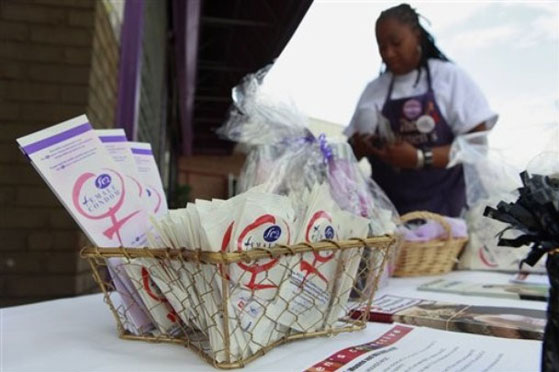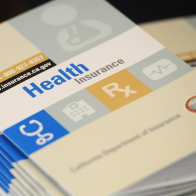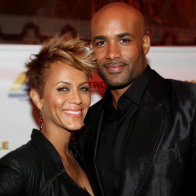
If you asked your average sexually active American, what does a female condom look like, most people would come up clueless. This is because female condoms are not pushed in the American market as much as they are in South Africa, Brazil, and Europe.
But things are about to change if the numbers of newly-infected HIV-positive blacks continues to fall after a wide scale District of Columbia-backed distribution.
According to The Washington Post, the distribution program prevented enough infections to save the city 8 million dollars in lifetime expenditures. For every average HIV-infected patient, the District spends upwards towards $350,000. Most black men lose their battle with AIDS after nineteen years, and as for black women, they live only a year longer, both of which are substantially lower than their white and Hispanic counterparts.
City officials felt it was time to start empowering women by giving away free condoms since studies have shown many men’s reluctance to use condoms even though they continue to engage in risky sexual intercourse, such as hetero and homesexual anal sex.
Baldly, officials said enough and targeted beauty salons, convenience stores, community clinics, and anywhere else poor, black women hangout in D.C.’s 1st, 2nd, 3rd, 6th, and 7th wards. In the first year, the program gave out 200,000 female condoms, which was met with somewhat open arms due to the time volunteers put in with hair stylists, training them on how to engage with their patrons on topics of safe sex and proper techniques when using female condoms.
But the question remains for us outside the D.C. area, how does one use a female condom? The folks over at Planned Parenthood put together an informational video, check it out below:
Well, that was interesting; I might give it try although I’m kind-of, already comfortable with the male version. But hey, that’s probably my male control issue talking because truth is I’d probably be taken back if a woman pulled a female condom out of her bag.
Either way, most importantly, these condoms seemed as if they gave HIV-infected people a new lease on their sexual life. “We’re finding very good use and uptake for it,” Greg Pappas, senior deputy director at the D.C. Department of Health and a study co-author. For women who are HIV-positive, he said, “they’re saying, ‘I can have sex again.’ ”
The project, which was implemented almost two years ago after the D.C. area saw its HIV/AIDS population rise to 3%, is funded through a $500,000 grant from the MAC AIDS Fund, a subsidiary of MAC Cosmetics, which contributes to numerous city programs, including two of the city’s needle exchange programs.
The grant helped the city buy the condoms at wholesale prices from the Female Health Co. and provide them for distribution by social service organizations, including Planned Parenthood, the Community Education Group and the Women’s Collective.
Would you use a female condom?






